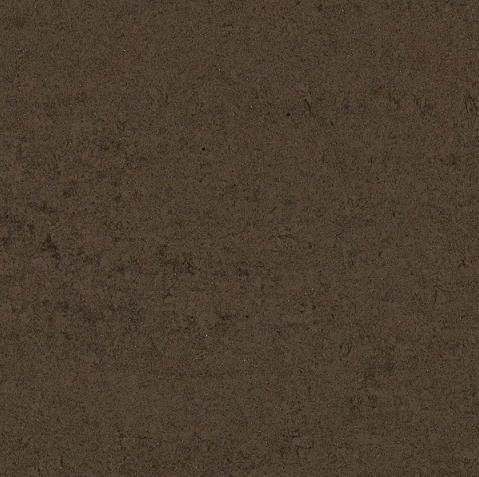
Many people assume the word “glazed” means shiny or glossy. However, in the ceramic tile industry, the words "Glazed Tiles" is used to refer to the coat of enamel or liquid glass that is applied to almost all ceramic and porcelain tiles. Glaze is a substance, rather than a description.
Most tiles are glazed. The glaze can be a matt or glossy finish. There are many glazed tiles that are available in both finishes - plain white tiles, for example. They'd be described as either matt white tiles or glossy white tiles, with both of them being glazed.
Tiles are made of clay which has been fired in a kiln. If glaze is to be applied, it's done before the tile enters the kiln. The glaze then fuses to the top surface of the clay body of the tile during the firing process. In the event that no glaze had been applied, the resultant tile is deemed to be “unglazed”. This is the simple difference between glazed and unglazed ceramic tiles.

Unglazed ceramic tiles gain their colour from mineral deposits that were present in the clay from which the tiles were composed, or by the addition of natural pigments. These pressed pigments can be designed to form a pattern, and the patterns run right down through the tile (a “full body porcelain tile”), as opposed to just being a design on the surface of the tile. This gives unglazed tiles an earthy, natural appearance.
As unglazed porcelain tile has no liquid glass protective coating, they will absorb liquid, which will lead to staining. Thus it’s necessary to apply a protective sealant to unglazed ceramic tile, which will require re-coating from time to time. Glazed tiles, by comparison, will remain non-absorbent for a lifetime.
Specialist, unglazed matt porcelain floor tiles are often selected for commercial spaces which expect heavy footfall, for example in hotel lobbies, airports, etc. These floor tiles are very heavy, very dense, and expensive. Since the colour and pattern run right down through the tile, very heavy use over time could wear the tiles right down, but the original colour and pattern would still be visible.
Unglazed ceramic tiles will invariably be matt in appearance, with one notable exception: polished porcelain tiles, which start off life as unglazed porcelain tiles. Despite their highly reflective, mirror-like surface, no glaze is present. Their high sheen is achieved through polishing with an industrial scale buffer.
Below sheet is the details on the difference between glazed and unglazed tiles in production technique, appearance, stain resistance, thickness, slip resistance aspects.

You may like:
Polished Tiles vs Glazed Porcelain Tiles
Copyright © 2021 Guangzhou Weyes Network Technology Co., Ltd. | All Rights Reserved